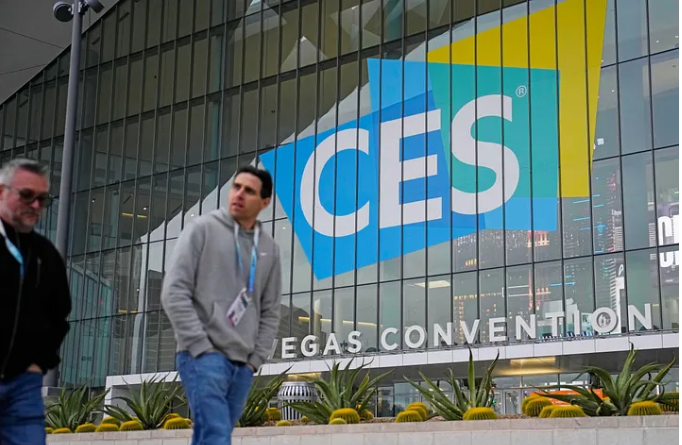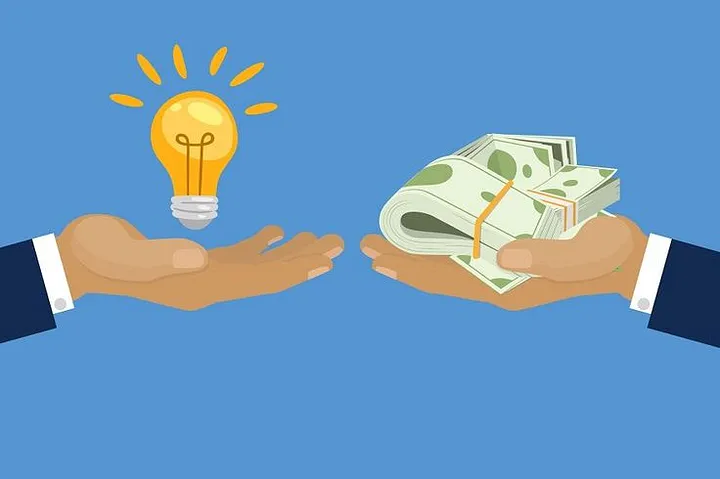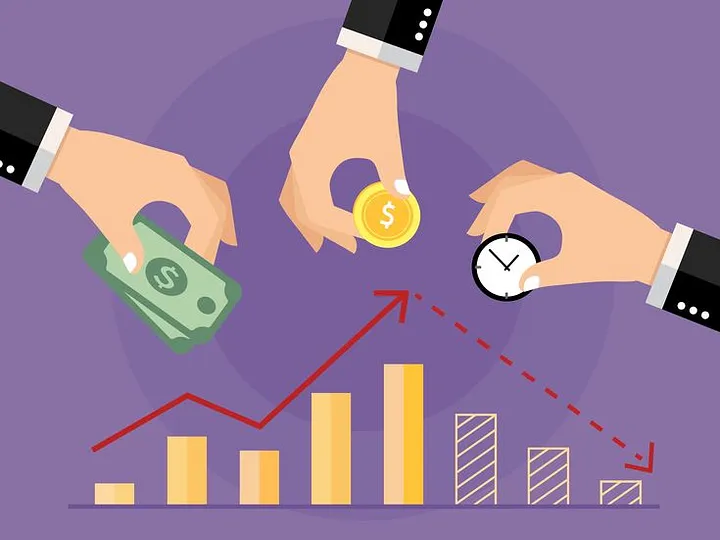From SaaS to Sustainability: Why VCs Are Shifting in 2025
From SaaS to Sustainability: Why VCs Are Shifting in 2025
It was SaaS in 2019, Web3 in 2021, and the AI renaissance in 2023. But lo and behold, here we are in 2025, and something no one could have dreamed of is in the limelight—sustainability.
What’s going on? Why are leading VCs, who were so fixated on B2B software and cloud-native platforms, putting money into algae farms, carbon capture technology, and regenerative agriculture?
Let’s demystify this transition and explain why the brightest investors are wagering big on our world.

The Flashback: SaaS Was King
SaaS dominated venture capital from 2015 to 2022. Snowflake and Zoom were names everyone in the VC community knew meant success.
Why did VCs love SaaS?
- Monthly regular income.
- High scalability.
- Low overhead with high margins.
But later on:
- The market became overcrowded.
- Customer acquisition expenses skyrocketed.
- Differentiation became harder.
VCs started looking elsewhere for the next big thing.
The Tipping Point: A Wake-Up Call
Around 2023–24, three mighty forces clashed:
- Climate Reality: The UN Climate Report presented warnings that would not be ignored.
- Regulatory Push: New global regulations prompted businesses to take sustainability seriously.
- Cultural Shift: Younger generations started demanding real influence and not greenwashing.
Suddenly, sustainability was no longer an afterthought — it was the objective.
The Rise of Planet-Tech
By 2025, VCs started backing startups that disrupted but also repaired. These are not your typical software plays. Think of:
- Farms that enrich the soil rather than deplete it, such as Indigo Ag.
- Equipment that captures carbon from the air, like Charm Industrial
- Factories based on captured CO2, such as Twelve
Why the Shift?
This is what’s drawing VCs to sustainability:
- Sheer market potential
- Government grants and subsidies
- Consumer demand for real influence
- Early-mover advantage in early climate industries
And let’s be real — it’s where the stories are too.
Meet the New Founders
These aren’t hoodie-wearing hackers building yet another productivity tool. Today’s climate-tech founders are:
- Researchers and engineers
- Oceanographers and biologists
- Mission-driven entrepreneurs solving real-world problems
Startups like Heirloom are using limestone to pull CO₂ from the atmosphere, accelerating a natural process through direct air capture. Living Carbon is genetically engineering trees to combat deforestation.
It’s a new era of innovation, and investors are along for the ride.
Impact Over Everything
In 2025, such benchmarks as ARR and DAUs are being supplanted by:
- Carbon captured
- Hectares rewilded
- Thousands of diverted waste
VCs are matching capital with climate footprint. Investors such as Lowercarbon Capital and Breakthrough Energy Ventures are leading with purpose.
Final Thought
The VC ecosystem is always seen as trend-hopping — from crypto to AI to SaaS. But this time, the trend could save us.
The future unicorn can also be something other than a software company.
It might be a company that purifies the air, mends the world, or energises the planet. Take the green. Both varieties.
Looking to build a high-performing remote tech team?
Check out MyNextDeveloper, a platform where you can find the top 3% of software engineers who are deeply passionate about innovation. Our on-demand, dedicated, and thorough software talent solutions are available to offer you a complete solution for all your software requirements.
Visit our website to explore how we can assist you in assembling your perfect team.





